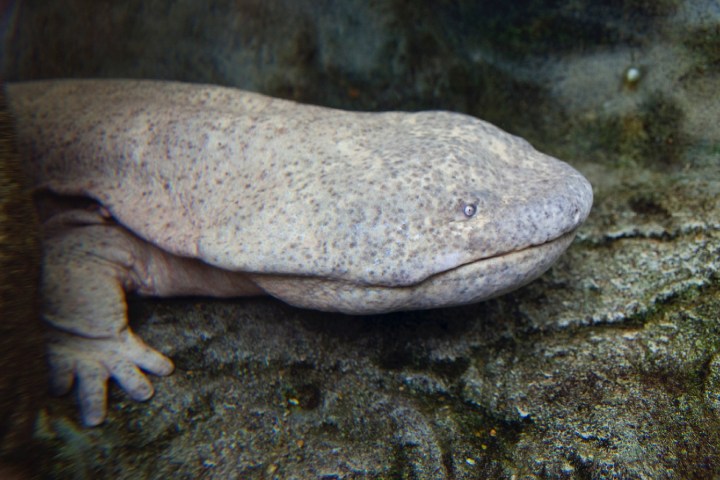
From futuristic Star Trek-style patches which use cold plasma as part of the healing process to UV-activated superglue, we’ve covered a surprising number of high-tech wound dressings here at Digital Trends. But here’s one we’ve not come across before: A special adhesive that’s able to seal up wounds better than medical alternatives, made from a goo excreted from the skin of Chinese giant salamanders.
“This is a truly exciting medical adhesive that is previously unavailable,” Yu Shrike Zhang, assistant professor in the Department of Medicine at Harvard Medical School, told Digital Trends. “It is soft [and] able to comply with the shape of the tissue, yet strongly adhesive. It sticks not only flesh together, but also to fat. It is non-toxic, being [of] purely biological origin, and completely degrades over time, leaving no traces in the body. Most importantly, its source is renewable, meaning that you can continuously obtain it without worrying too much about the cost and at all about killing the animal.”
To obtain their glue, Zhang and colleagues scratched the backs of Chinese giant salamanders, which can measure up to 4 feet in length and weigh more than 60 pounds. They then collected the excreted fluid and freeze-dried it to form a powder, which they were later able to rehydrate using water. The adhesive was used to seal up wounds on live rats. It did this effectively, leaving no inflammation or scar, and allowing hair to regrow.
“It would be suitable for healing most wounds in the body,” Zhang said. “Besides the skin wounds that we proved in [our] paper, we are also actively exploring the use of this adhesive for other wound healing applications, external and internal. The ability to join fatty tissues might be something that would be particularly useful, yet clearly not its only utility scenarios.”
Zhang noted that because adult salamanders can produce plenty of this natural adhesive, there is currently no need to attempt to synthesize the goo. “One adult salamander can produce plenty of these adhesives when they are active,” he said. “The only limitation lies when these animals hibernate in winter, making the retrieval of the mucus a bit challenging. However, we are not quite worried about it due to the amount that can be collected during their active seasons.”
The team is currently pursuing commercialization opportunities for their discovery. A paper describing the work so far was recently published in the journal Advanced Functional Materials.


